We like to believe that because we play games we understand how players think. This filters into every aspect of game development – imagining how players will react to seeing this, hearing that, being here or wanting to be there. One of the great things about science is that a well-designed experiment can challenge even the most obvious of assumptions. This week on The Saturday Paper we look at a fascinating result about the how, the where, and then when of players solving problems.
We’re reading If Not Now, Where? Time and Space Equivalency in Strategy Games by Baylor Wetzel, Kyle Anderson, Maria Gini and Wilma Koutstaal. The paper describes a series of experiments conducted in a Tower Defence game called GopherTD which the authors built based on a popular Tower Defence design to investigate how players reason about space and time. Tower Defence games seem like spatial problems – you’re placing buildings on a map in order to kill a line of enemies that move on a fixed path. The results of the experiments, however, suggested that time and space are often one and the same for players, and that really good players understand how to reason about both separately.
In the experiments players (both those completely new to the genre and those with some experience) were asked to complete some tower defence levels with a fixed set of towers: four attack towers which fire at the nearest enemy, and twenty freeze towers which slow down enemies that are nearby. In the first set of experiments the researchers looked for two things – the actual strategies used in-game, and how the players described their strategies as they enacted them.
There are two strategies I want to describe here, although the paper has lots more detail than I’m going to give here (in fact, Baylor tells me his final dissertation identifies over 60 strategies in total). The first will probably be obvious to anyone who’s played Tower Defence before – by putting the attack towers in places where they had the most path coverage, and putting freeze towers nearby to slow enemies down, the towers get lots of coverage of the map and more time to attack frozen enemies. The second is a little more subtle – not something that I knew about Tower Defence. Enemy waves often move in pairs along the path, but these pairs can be pushed out of sync in certain situations, like corners. The figure from the paper, below, shows this in effect. Carefully using freeze towers can also have this effect, meaning the player can intentionally space out the enemies and give attack towers more time to focus on a single one.
Players were asked to talk about their thought processes as they played each of these levels, and the researchers noted down the sorts of language they used. Players who used the first strategy, the one which maximised tower range, often used spatial language. Here’s a quote:
People who used the AMUR [max tower range] strategy typically used terms such as, “I want to cover as many maroon squares as possible†(path area was maroon), “I chose corners because they overlook the most [path] area,†and “I want to keep the creeps slow while they are in range.â€Â
Whereas people who used the freezing trick to slow one line of enemies used a mixture of temporal and spatial language:
They would say things such as, “I look for areas where the creeps are separated,†“I’m going to pull this line so that they fall behind†and “I want to give the tower more time to focus on each creep.â€Â
Players often used combined strategies, but the language to describe each one was the same throughout. In order to probe these strategies a little deeper, they ran more experiments with a more varied set of maps, specifically designed to have certain properties that related to particular strategies – such as a constant difference between one line of enemies and the other, or maps where the difference between paths would change throughout the course of the level. This time, alongside the human players, the researchers implemented some AI players that approximated some human strategies such as the maximal range strategy.
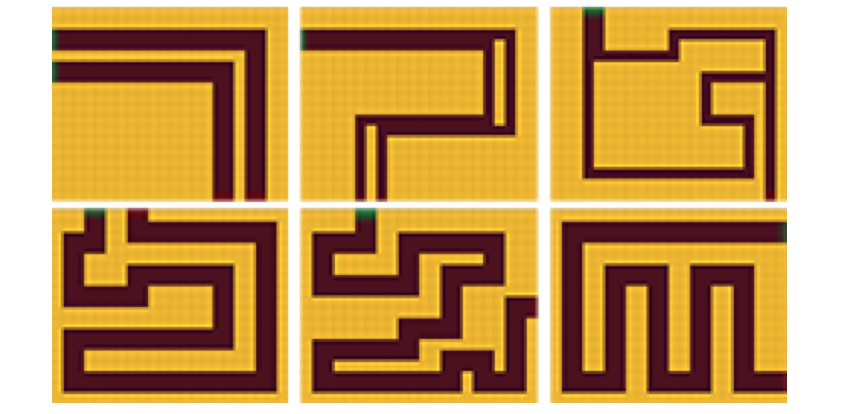 Some advanced maps from the second experiment.
Some advanced maps from the second experiment.
The experiments yielded some interesting results. Firstly, as you might expect, the AIs were better at optimising their strategies than the human players – even experienced ones – simply because some subtle optimal placements weren’t obvious to them. However the spatial strategies used by the AIs, despite beating out human players using similar approaches, were not as good as players who used temporal strategies such as using freeze towers to slow down one line of enemies. The authors believe that this is evidence for the fact that thinking about a problem spatially as well as temporally can result in better results. The more complex spatiotemporal strategy was only seen in experienced players, suggesting that this is a skill picked up through a better understanding of the game’s mechanics.
After publishing the paper, the authors went on to investigate AI-based temporal strategies too, to complete their comparison of strategy types. They hope to broaden the experiments to look at how these different types of reasoning apply to harder or larger problems, as well. Tower defence games can be seen as close relatives of many other types of strategy game including RTSes like Starcraft 2 or MOBAs like Defence of the Ancients. In these multiplayer games, compromises often have to be made between the location at which a fight might take place, and the time it might take to reach that location. This is particularly true of MOBAs which often have deterministic systems embedded into them, such as the slow procession of enemies along set paths towards towers.
Because of this, I’m excited by the questions the paper asks and the early results it proposes. If you’ve ever watched professional players of games like DOTA 2 you’ll know that there’s an incredible level of awareness and reasoning required to operate at such a level. Players maintain good awareness not only of the current state of the game, but also the potential trajectories the game could take based on imperfect information – where could this other player be in the time since I saw him last? Where should I be as a result? This research feels like it’s beginning to tap into this kind of play and understand how it works on a more fundamental level. As the paper itself notes, that has exciting ramifications for procedural generation, adaptive AI, and traditional level design.
Where To Find More
Baylor got in touch with me after reading through the post this week. He’s about to start a teaching and research position up at the University of Minnesota, where he’s currently putting the finishing touches to his dissertation (good luck!) You can find information about GopherTD on the University of Minnesota website here. He has some wonderful plans for the students by the sounds of it, with project courses that cover a huge breadth of material.
Kyle is currently working as a game programmer and designer, including participating in the Global Game Jam and Ludum Dare with some pretty cool work (and working with Baylor on AI-powered indie side projects, too). Wilma and Maria helped supervise the work in this paper, with input from both psychology and computer science. Baylor spoke about some of the further work plans they had for the project, and they sounded pretty wonderful. I couldn’t resist quoting a bit of what he told me about some of the stuff they had in mind:
Here was the original idea – rather than have an AI programmer create a hard, medium and easy difficulty level, bring in 20 game designers or players, record them playing, figure out their play style and turn it into an AI. That way, rather than play Heroes of Might and Magic on Hard, you’d play on Alice or Bob, and maybe based on your play style Alice is hard for you and Bob is easy and for me Bob is harder. But in real life, we play people, not difficulty levels, and i wanted an automated AI authoring system that captured the fun of playing people.
You can see how this research informs that – observing strategies, implementing them in AI, comparing them with humans. I hope they get a chance to pursue some of these ideas soon. Get in touch with the authors if you think you might like to learn more about the project or any of their other research, and hopefully there’ll be a dissertation to download in a few months time!
Addendum: I’m At Develop 2013 This Week
If you’re coming to the Develop Conference in Brighton, UK this week, I’ll be on a panel this Thursday talking about the future of AI in games. I’m really looking forward to the discussion, and will probably bring up The Saturday Papers too! If you’re in Brighton but aren’t going to Develop, let me know on Twitter as I will be wandering around looking to meet people before and after the panel. Come and say hi if you see me!
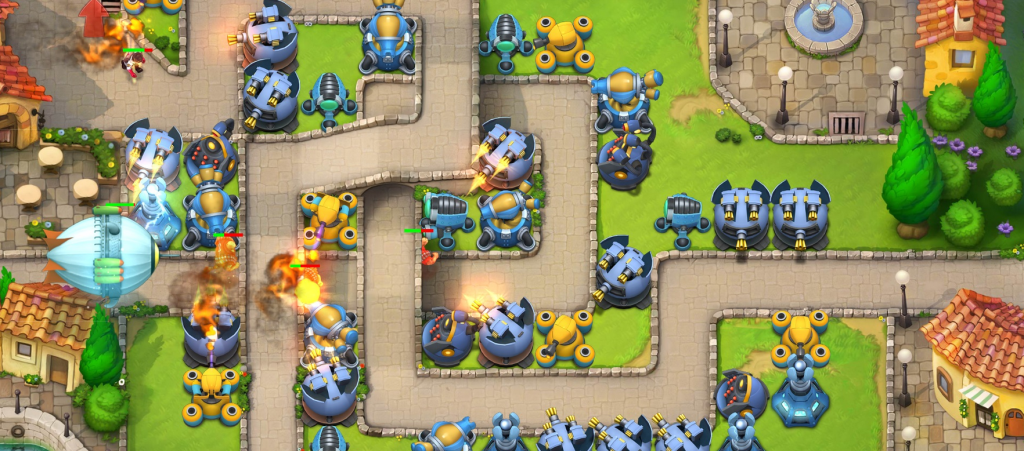
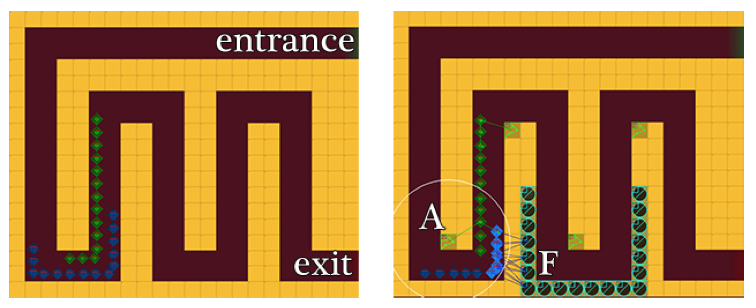
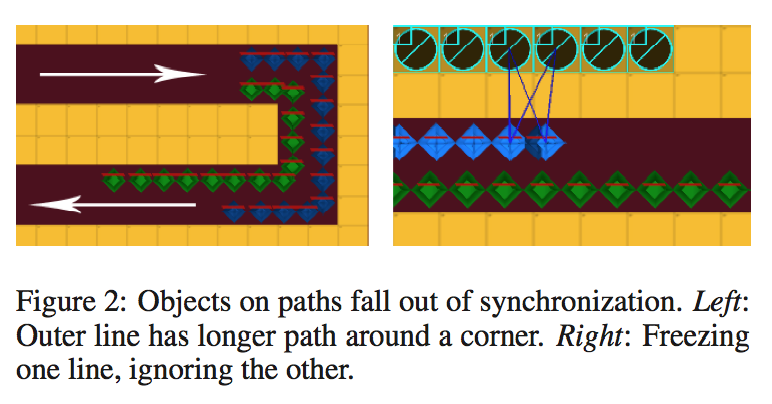
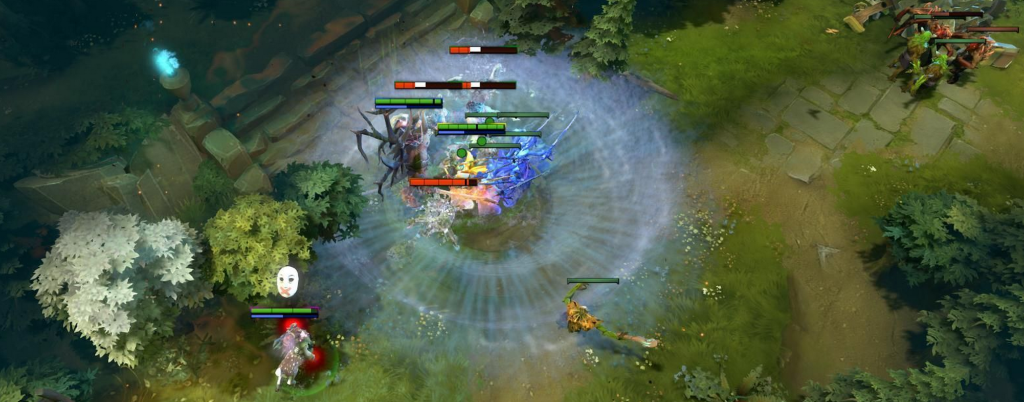
One thought on “The Saturday Paper: Wherever Whenever”